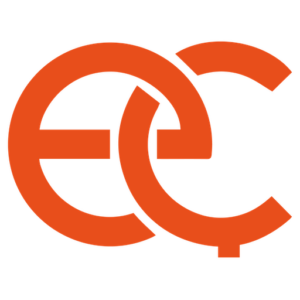Arteries, which are also known as arterial blood vessels, are the blood vessels which take oxygen-rich blood from the heart to the brain and all over the body. There are two carotid arteries which carry oxygen-rich blood to brain and reach out from both sides of the neck. These arteries are the blood vessels which nourish the front part of the brain where the thinking, speech, personality, sensory and motor functions are located. The formations of fat or cholesterol deposits named as ‘plaque’ may pile up and cause blockage within the carotid arteries. This accumulation narrows the artery, reduces blood flow to the brain and can lead to stroke gradually. Brain embolism is responsible for approximately 85% of all strokes.
Cerebrovascular diseases, that is, diseases of brain vessels, are mainly related with brain embolisms and brain hemorrhage. Most of the cerebrovascular diseases (diseases of brain vessels) manifest themselves as ischemic stroke (occlusive) or hemorrhagic (bleeding) acute stroke which range from complete recovery to sudden death and involve a wide range of moderate to varying neurological damages which depend on the localization of the primary injury.
Ischemia is the term which is used to highlight the absence of blood flow. Ischemic stroke is the most common type of stroke. Diseases which capture the brain vessels may cause brain vessel blockages.
Atherosclerosis is the most common degenerative disease of the large brain vessels which usually starts in the second or third decade of life and progresses gradually with age. The main consequences of it are reduced blood flow to the brain because of the blockage of cerebral vessels which leads to malnutrition (hypoperfusion), thrombosis and embolism of the brain. The risk factors are cholesterol, hypertension, diabetes, metabolic syndrome and smoking.
How is Brain Embolism Treated?
Neuro-rehabilitation and robotic rehabilitation methods should be used together in patients who had a stroke caused by brain embolism. Click here to get information about treatments and to make an appointment.
The person is at risk if there is a serious narrowing and blockage in the artery; to reduce this risk, it is necessary to open the blockage in the artery and enable the blood flow into the brain, and surgical intervention is required for the person. If the surgical operation is not performed in time, stroke (paralysis) may happen.
In some situations, patients may have stroke symptoms which happen “for a short time”. This situation is named as “minor stroke” or in medical language “transient ischemic attack (TIA)” and it is an important risk factor and the precursor of a more severe stroke, especially if the carotid artery is narrowed and blocked.
Changes in lifestyle are quite important for the aim of preventing brain embolisms and their progression. These changes in lifestyle include these in general:
- Stop consuming alcohol, smoking and tobacco products
- Control the high blood pressure and diabetes
- Have regular check-ups with your doctor, have your LDL and HDL lipid levels checked and treated
- Consume foods which have low saturated fats and cholesterol and avoid trans fats
- Reach and maintain the ideal weight
- Regular exercise Control other risk factors of stroke: put a limit to the amount of alcohol
Click to get detailed information about Stroke (Paralysis) Treatment

